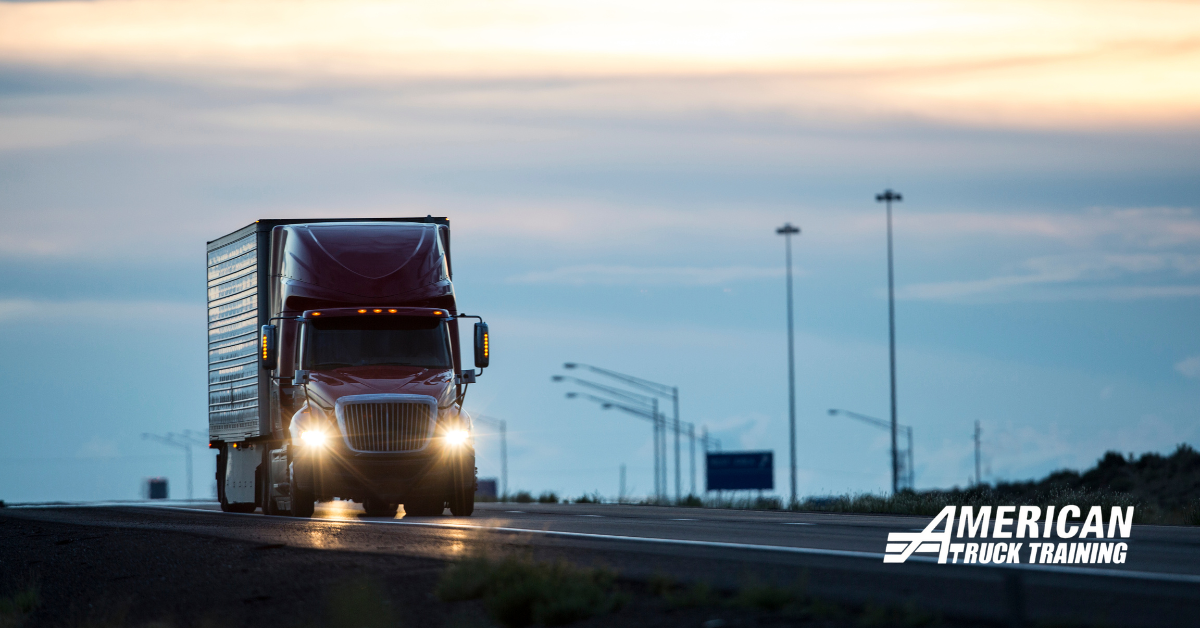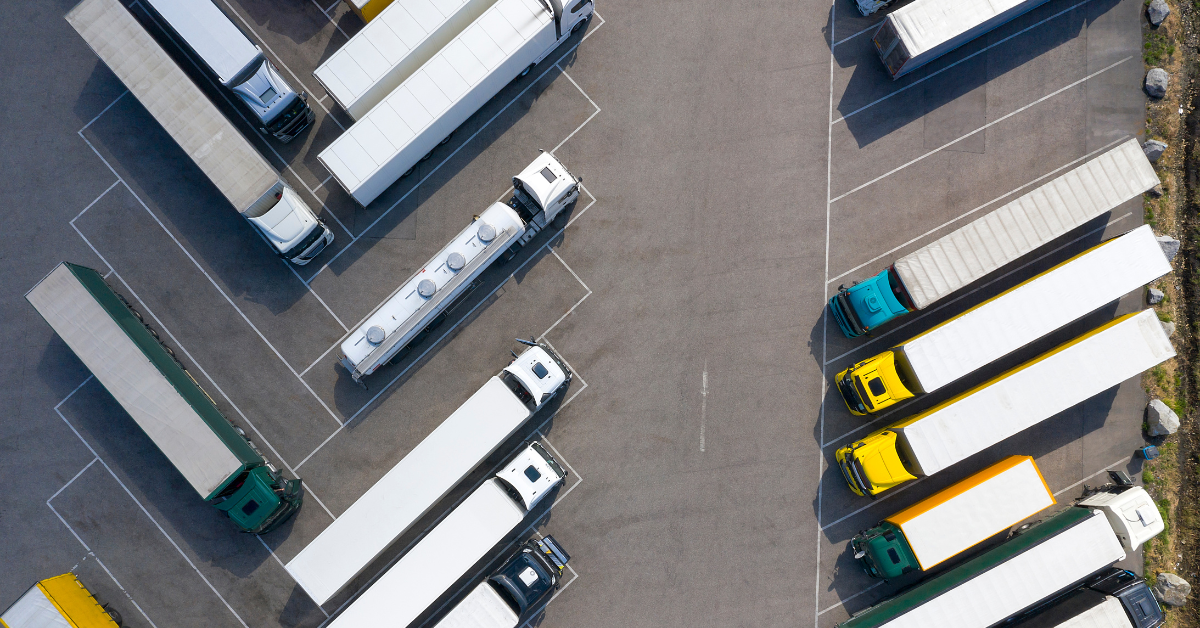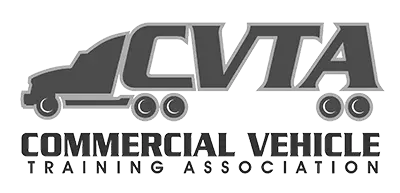Freight vehicles, ranging in size from modest box trucks to 80-foot-long 18-wheelers, dominate today’s highways and roadways. Trucking’s success can be attributed to its many benefits over other forms of transportation, including the ability to customize the type of cargo carried and the timing of deliveries, as well as the fact that it is more cost-effective and dependable than other modes of transportation. The history of trucking helps us understand where we’ve been to know where we are going in the future.
In 2021, the trucking industry moved almost 11 billion tons of freight (just primary shipments), or 72.2% of all domestic freight moved according to the American Trucking Associations. To put that number in perspective, 11 billion tons is equivalent to about 1.1 billion semi-truck cabs (without a trailer at an average weight of 10 tons). On top of that, 1.1 billion semi-trucks is about 3 cabs to every man, woman and child in the United States with 100 million cabs leftover. That is amazing! The importance of the American truck driver has never been greater than today.
The History of Trucking
Before we discuss what to expect in 2023, we will first look at the history of trucking. Starting off In 1898, Alexander Winton, in Cleveland, Ohio invented the first semi-truck and sold his first manufactured semi-truck in 1899. Soon after, the Teamsters Union started in the early 1900s. Since then, these major events have changed the course of trucking entirely.

1938: Food supply chain in America is altered by refrigerated containers.
According to refresearch.com, and with the encouragement from Joe Numero, president of Cinema Supplies Inc. and the major need from Harry Werner, President of Werner Transportation Co., Fred Jones invented the refrigerated truck. After making multiple changes and tweaks, the refrigerated truck from the 1930s ultimately changed the local and seasonal agricultural transportation industry into the contemporary, any-food-anywhere-at-anytime supermarket lifestyle we see today.
The military made widespread use of trucks for the first time during World War I. In the 1930s, as paved road development grew, trucking gained traction and was soon subject to a number of government regulations (such as the hours of service).
1941: Truckers mobilize for war
Teamsters, or drivers part of the labor union, became America’s military campaign’s driving force when the country entered World War II. In June 1940, President Franklin D. Roosevelt selected the Teamster Union President, Daniel Tobin, as the official White House labor liaison. Later that year, he was also named chair of the Democratic National Committee’s Labor Division. By 1942, 125,000 Teamsters had enrolled in all areas of the military.
The refrigerated truck container, strong diesel engines, and a network of brand-new highways all contributed to the boom in the trucking industry: from 521 thousand paved miles in 1925 to 1.72 million in 1945. For the first time since the Transcontinental Railroad was finished in 1869, trucks eclipsed trains as the main transporter of commodities and products during the post-war era.
1956: President Eisenhower signs the National Interstate and Defense Highways Act
The Interstate Highway System, a vast network of motorways connecting important cities across the continent, was built in the late 1950s and early 1960s, accelerating the growth of trucking.
The National Interstate and Defense Highways Act of 1956 was enacted by President Eisenhower as a result of Congress’s fear of a possible nuclear attack.
It was the largest public works project in American history. The government authorized tens of billions of dollars to construct 40,000 miles of interstate highways. The end result was a continental network of well-paved, well-maintained highways that made it possible for anyone to travel between any two points in the nation whether they were on four wheels or eighteen.
1980: President Jimmy Carter signed the Motor Carrier Act
During the energy crises of 1973 and 1979, truck drivers took part in widespread strikes against the rising cost of petroleum, and the Motor Carrier Act of 1980 significantly deregulated the sector. In the latter decades of the 20th century, trucking and so-called “big-box shops” like Wal-Mart and Target came to dominate the freight sector.
2020: The impact of COVID-19
Fast forward to 2020 when truck drivers were viewed as essential workers. While fatigue became a more significant concern than ever in 2020, several segments of the sector, such as those that transport groceries and home office supplies, saw little influence on their bottom line. However, the truckers that supply the now-defunct restaurant and entertainment sectors had the same hardships as their brick-and-mortar clients.
What to Expect for Trucking in 2023
The trucking sector remains fundamental to the nation’s supply chain operation now and for decades to come. During a recent CCJ webinar sponsored by Bestpass, Jason Miller, associate professor of supply chain management at Michigan State University, and ACT Research President and Senior Analyst Kenny Vieth discussed the market forces, business conditions, and supply chain issues that will impact carrier operations in 2023.
While the likelihood of an economic recession in 2023 is high, it doesn’t necessarily mean widespread economic ruin lies just beyond the horizon. Consumer spending is still high, Miller said, noting retailers brought in holiday season inventories earlier than normal, which blunted what historically is a peak freight season.
Echoing many of Miller’s positive indicators, Vieth said it could be “the best recession ever,” adding that a strong U.S. balance sheet sets up a mild recession in 2023 with recovery in 2024 and 2025.
Impact on Freight
“Trucking demand today is higher than it was in 2018, but that’s only half the picture,” Miller noted. “Payrolls are up substantially. In 2019, we started to see seasonally adjusted employment decline, and we’re not at that point yet.”
Trucking profitability is at near-record levels but has slid each of the last two quarters. Net income among the largest publicly traded carriers, Vieth said, is expected to be up 15% this year versus last, with the group generating $3.5 billion in cash.
“It’s going to be even more difficult to find drivers as we move into the recovery period (2024 and 2025),” he said. “If there’s a silver lining here it’s that the U.S. economy doesn’t work without trucking.”
Persistent Driver Shortages
A severe trucker shortage has been developing for several years, according to a July 2019 Bloomberg story. In just one year ending in 2018, the driver shortage increased from 10,000 to a staggering 60,800, and as the aging driver pool retires over the next ten years, it is anticipated to reach 160,000 open driver positions. The typical over-the-road truck driver nowadays is 46.
The need for trucking services is growing, but there are not enough drivers to meet the demand. The American Trucking Associations (ATA) estimates that the industry lacks 80,000 drivers. The ATA also believes that this will be a persistent problem with a growing scarcity.
Additionally, as the Baby Boomer group leaves their veteran positions, businesses will look for innovative ways to attract fresh workers.
Looking Ahead – Become a Truck Driver!
For those working in the trucking industry, the year ahead proves to be bright. There is ample room for growth and expansion as the demand for trucking transportation increases. We thank all of the truck drivers before us to get us where we are today. The history of trucking continues to make a mark on our economy and the world as we know it.
Reach out to American Truck Training today! We are here to answer your trucking career questions. Give us a call at 405-254-5556.






